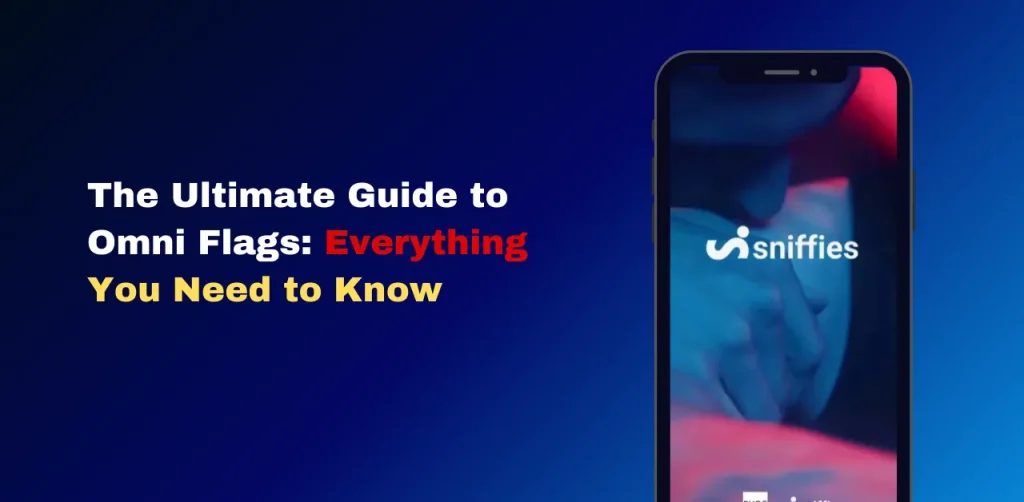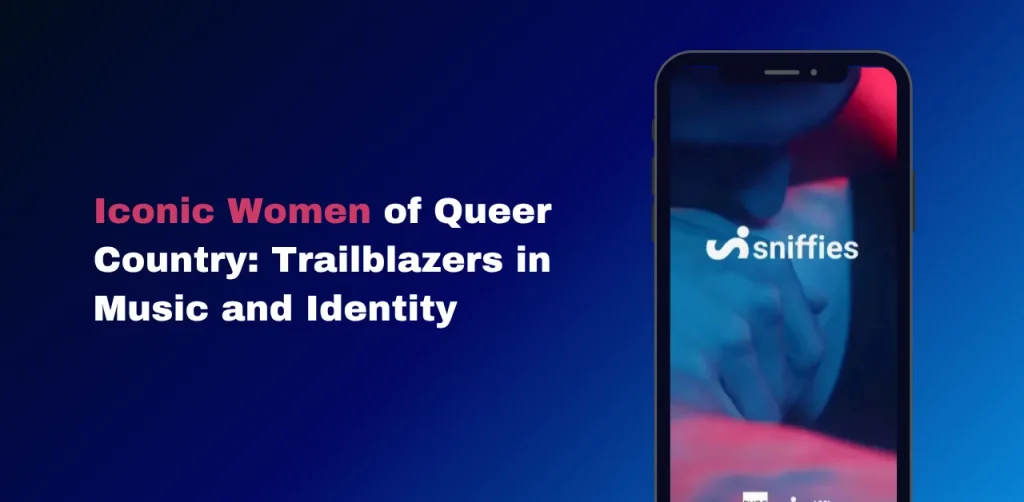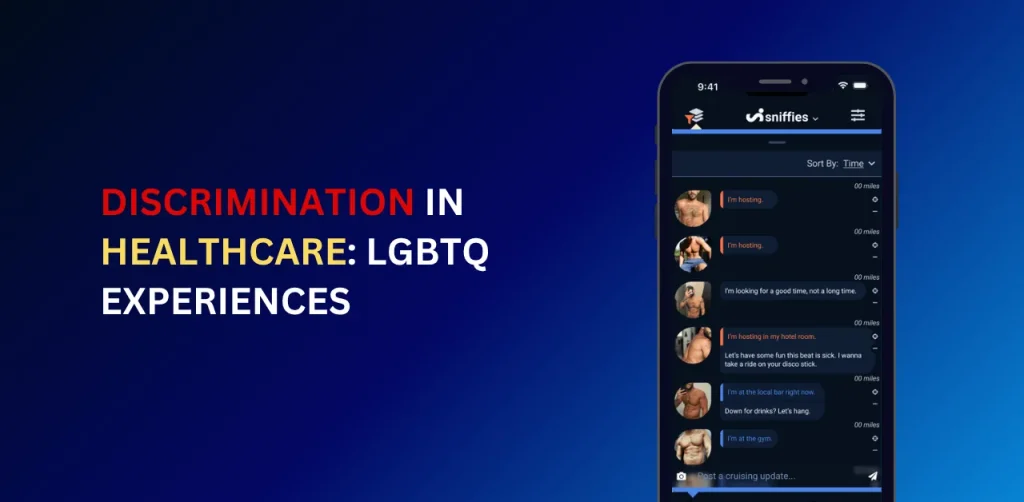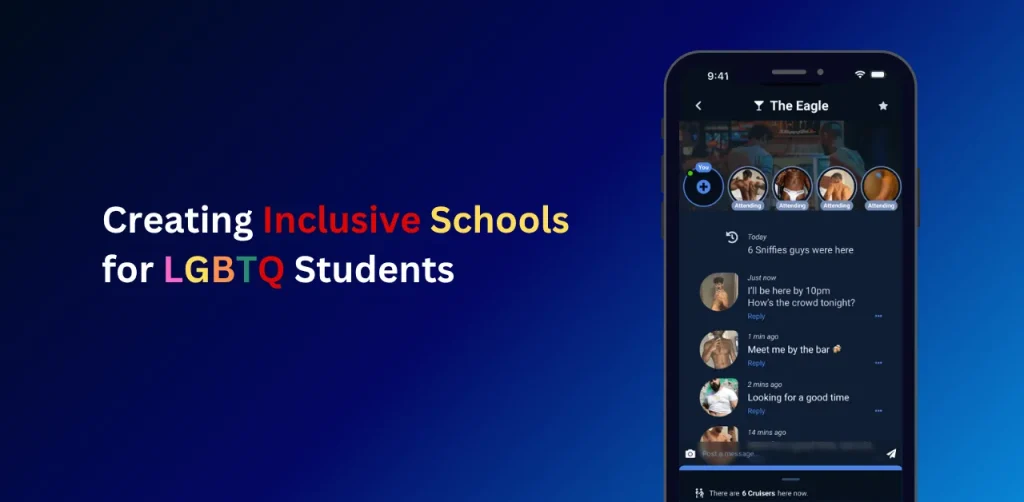Omnisexual Flag: Meaning, History, and Cultural Impact
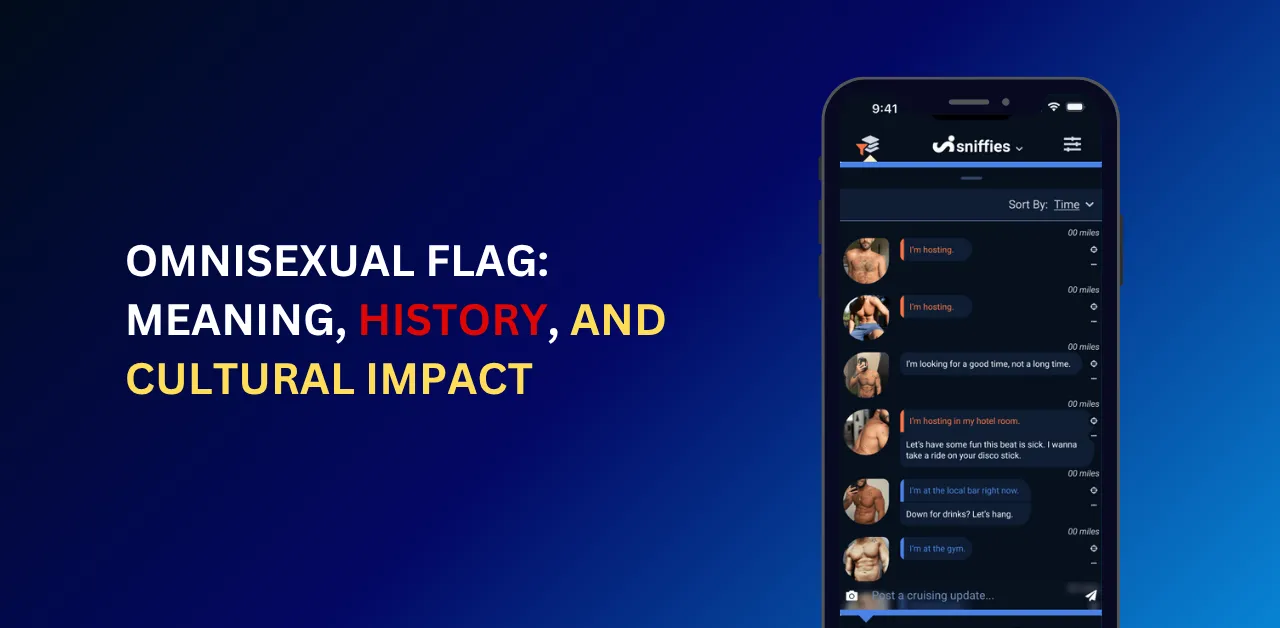
Curious about the omnisexual flag and its vibrant stripes? This flag symbolizes attraction to all genders, with a unique emphasis on gender’s role in attraction.Explore its history, design, and cultural significance to understand its place in the pride community.Dive into this guide to learn about the omnisexual flag’s colors, its creation, and how it fosters inclusivity. Get practical insights to support this vibrant identity.
History of the Omnisexual Flag
The omnisexual flag was created on or before July 4, 2015, by pastelmemer on Tumblr to represent omnisexuality distinctly from pansexuality and bisexuality. The term “omnisexual,” derived from the Latin “omni” (meaning “all”), has been used since the 1980s but gained prominence in the 2010s through online communities. Google Trends data shows a steady rise in searches for “omnisexual flag” since 2020, indicating growing interest. The flag’s adoption in pride events and social media has solidified its cultural significance.
Omnisexual Flag Colors and Design
The omnisexual flag consists of five horizontal stripes, each with a proposed meaning:
The flag’s bold colors ensure visibility at pride parades and online, distinguishing it from the pansexual flag’s lighter shades.
Why the Omnisexual Flag Matters
The omnisexual flag fosters visibility and validation for omnisexual individuals, who may face misunderstanding due to the orientation’s lesser-known status. A 2023 Trevor Project survey found that 7% of queer youth identify with emerging identities like omnisexuality, highlighting the flag’s role in representation. It challenges societal assumptions about attraction and promotes inclusivity, making it a vital symbol in pride movements and online communities like X.
What Is the Omnisexual Flag?
The omnisexual flag represents omnisexuality, a sexual orientation where individuals are attracted to all genders, with gender playing a role in their attraction. Unlike pansexuality, which is often gender-blind, omnisexuality acknowledges gender as a factor in attraction. Designed by Tumblr user pastelmemer in 2015, the flag features five horizontal stripes. Its visibility has grown in pride events and online spaces, reflecting the increasing recognition of diverse identities within the LGBTQ+ community.
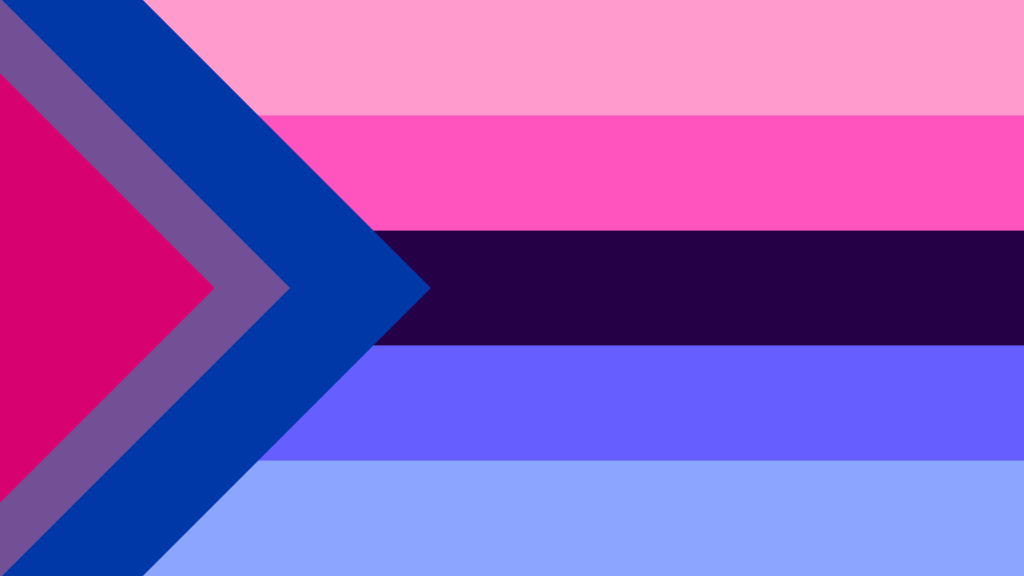
If you found this interesting, you might also enjoy reading our related article on Omni Flags
Cultural Impact and Community Use
The omnisexual flag is used in various ways to promote awareness:
These uses align with Google’s Helpful Content Update, prioritizing engaging, user-focused content.
Omnisexual vs. Pansexual and Bisexual
Understanding the differences between omnisexuality, pansexuality, and bisexuality clarifies user intent:
- Omnisexual: Attraction to all genders, with gender influencing attraction.
- Pansexual: Attraction to all genders, often gender-blind.
- Bisexual: Attraction to two or more genders, not necessarily all.
Some omnisexual individuals identify with bisexuality as an umbrella term, but the distinction lies in personal preference and experience. This nuanced explanation addresses common “People Also Ask” queries.
Comparison Table
| Orientation | Flag Colors | Key Distinction |
|---|---|---|
| Omnisexual | Light Pink, Pink, Dark Purple, Light Blue, Blue | Gender influences attraction |
| Pansexual | Pink, Yellow, Cyan | Gender-blind attraction |
| Bisexual | Pink, Purple, Blue | Attraction to 2+ genders |
This table enhances scannability and SEO by clearly structuring key differences.
How to Support the Omnisexual Community
Supporting the omnisexual community involves practical steps:
Future of the Omnisexual Flag
The omnisexual flag’s prominence is likely to grow as awareness of diverse identities increases. Its visibility on platforms like X, where pride-related discussions trend, supports its relevance. Google’s focus on user-centric content ensures that well-crafted, informative content about the omnisexual flag will remain competitive in search rankings, especially with ongoing advocacy and education efforts.
What do the omnisexual flag colors mean?
Light pink and pink represent feminine attraction, light blue and blue represent masculine attraction, and dark purple represents non-binary attraction.
Where can I buy an omnisexual flag?
Retailers like Etsy or Flags For Good offer quality options, often from queer-owned businesses.
How is the omnisexual flag used?
It’s displayed at pride events, on social media, and in educational materials to promote awareness.
Conclusion
The omnisexual flag is a powerful symbol of attraction to all genders, celebrating diversity and inclusivity. Its unique design, rich history, and growing cultural impact make it a vital part of pride movements. By understanding and supporting the omnisexual flag, you can contribute to a more inclusive world. Explore, share, and celebrate this vibrant symbol to empower the omnisexual community.
For more in-depth information visit our blog about Lesbian Pride Flag & Aroace Flag.

